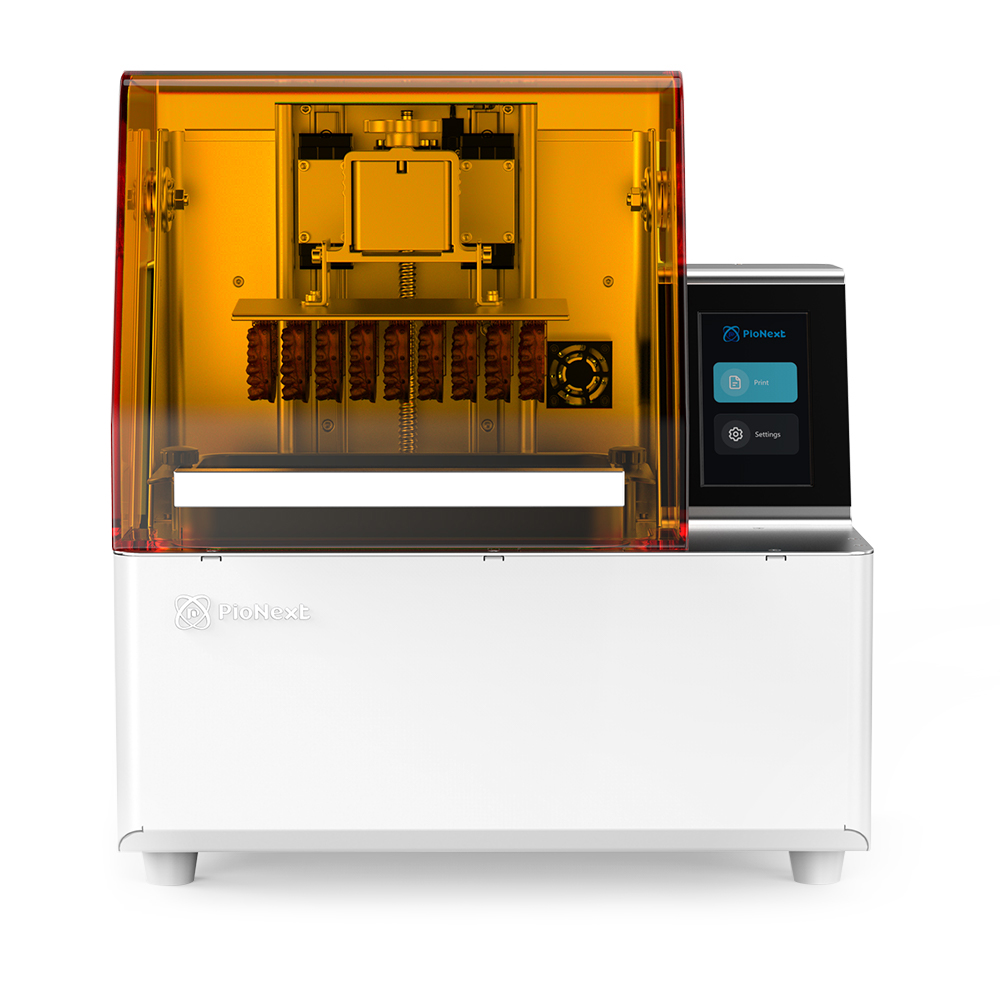The application of 3D printing technology in orthodontics is mainly lingual orthodontics and invisible transparent orthodontics.
The traditional lingual bracket has poor precision and stability, can not fully fit with the tooth surface, and it is inconvenient to paste and waste time. The personalized lingual bracket made by selective laser melting 3D printing technology can realize the direct molding of the personalized bracket, fully fit with the lingual tooth surface, and avoid casting defects such as cavities and cavities. And from the long-term clinical effect, it is not easy to fall off, which greatly simplifies the treatment procedure.
Most invisible transparent orthotics are SLA (light curing molding) technology and DLP (digital light processing) technology. Invisible orthodontic technology is the first 3D printing commodity to realize mass production in the world. 3D printing technology can realize mass customized production of dental models in different correction stages.
Through the three-dimensional digital modeling of the patient's teeth and the analysis and processing of the patient's tooth condition, the digital correction is realized, so as to realize the correction solution. Then use the light curing three-dimensional molding technology to print out the tooth models of patients in different stages, and then carry out thermoplastic molding on the tooth models in each stage, so as to obtain transparent orthotics and achieve the effect of invisible beauty.
In addition, direct manufacturing means that dental clinics can more conveniently realize the small batch production of orthodontic appliances.
In the application cases of appliance repair, the medical institution can work out the scheme within 24 hours after receiving the patient's case, and the patient can get the finished product in about 15 ~ 20 days.
However, with the accumulation of data and the further breakthrough of technical ability, it can be expected that in the future, as long as the patient's teeth are directly scanned and transmitted to the computer, the correction scheme can be automatically formed, and the 3D printed dental model may be in hand in 5 minutes.



